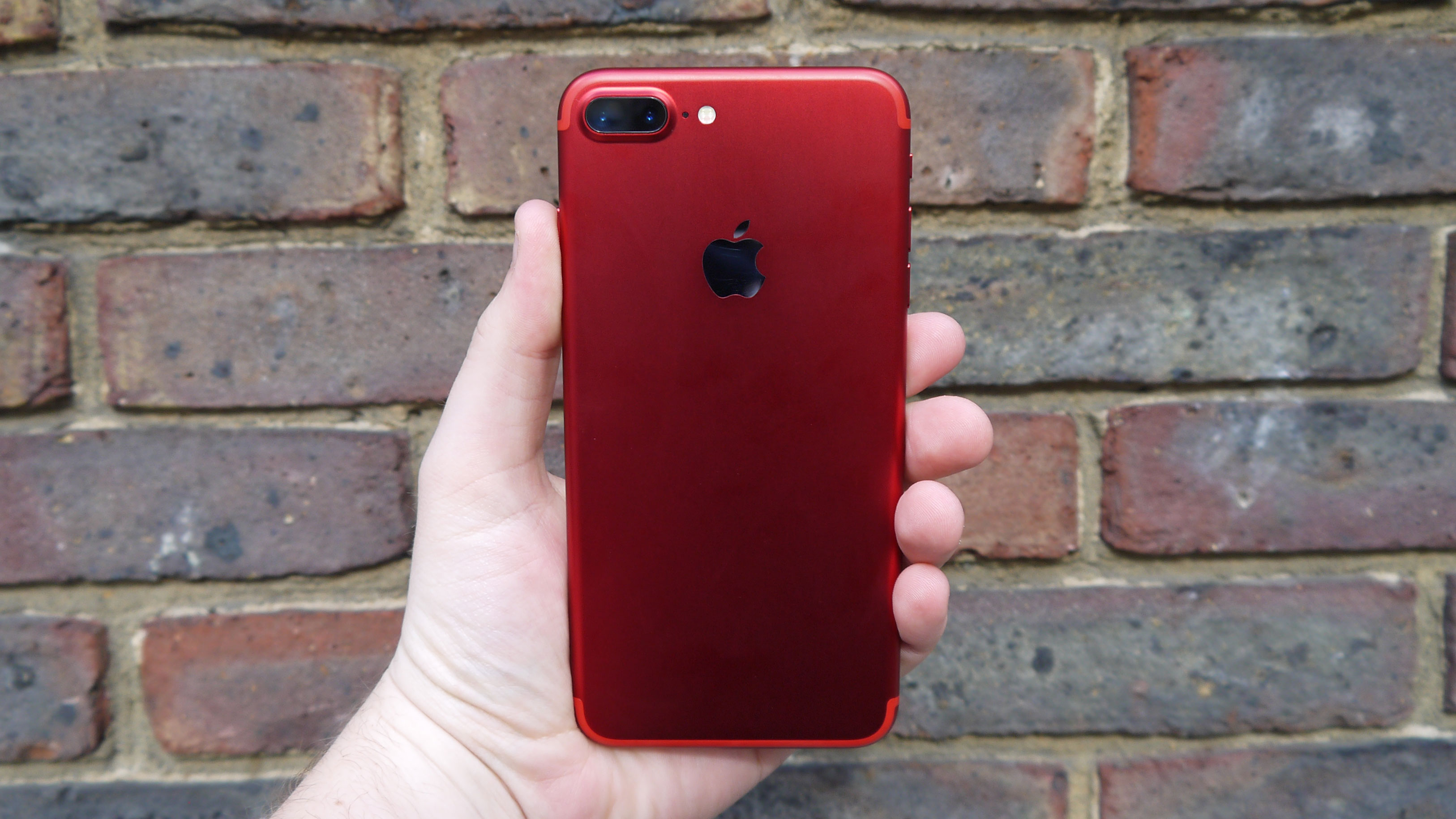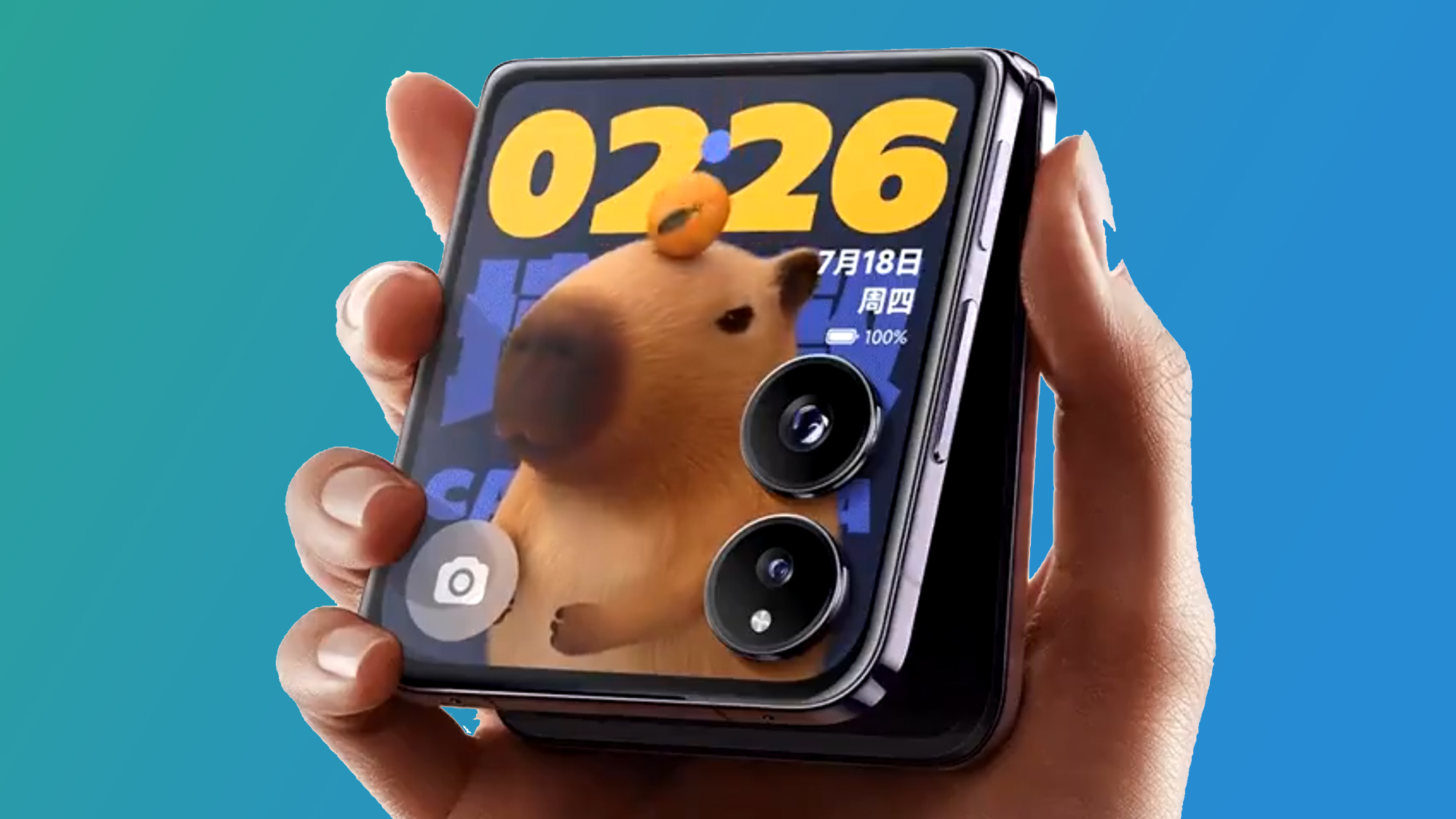
Pick up any modern phone, be it one of the best iPhones or best android phones – and you’ll likely find a back panel adorned with two, three or even four cameras. In most cases, at least one of these cameras will be an ultra-wide lens – commonly called a 0.5x or 0.6x zoom lens, compared to the main camera.
Applefor example, markets the basic model iPhone 16 with an optical zoom range of 4x thanks to an inside crop on the main camera and the 0.5x “magnification” offered by the ultra-wide camera.
But beyond the fancy marketing numbers and pseudo-zoom trickery, can any of us remember whether we wanted an ultra-wide camera in the first place?
The first phone to really make a splash by having two cameras was the iPhone 7 Plusmaking the idea of the dual camera setup mainstream. It was equipped with a wide-angle main camera and a 2x telephoto camera, at a time when even decent digital zoom was not a given on smartphones.

The iPhone 7 Plus was launched in 2016 with a dual camera setup
The revolutionary iPhoneand its successor, the iPhone XSkept this momentum going, and the day’s rivals followed suit, with the Samsung Galaxy S9Plus also equipped with a telephoto camera.
Since the iPhone 11However, it’s seen as normal to equip premium handsets with ultra-wide secondary cameras, and the more useful telephoto lens has increasingly become a tertiary luxury. And in the budget world, telephoto lenses are a real rarity compared to the usual – and presumably cheaper – ultra-wide option.
Ultrawide cameras have their uses. The smaller focal length of an ultrawide camera allows you to get close to subjects, making macro photography possible. And sometimes you just need to fit more stuff into the frame.
For everyday photography – the majority of photography done with a smartphone – even a 2x telephoto zoom is so much more useful; it virtually expands the photographer’s reach, allowing him to capture a wider variety of everyday events – not to mention more beautiful portraits and detailed close-ups.
The ultra-wide cameras fitted to smartphones are also rarely meaningfully corrected by the phone’s image processing pipeline, meaning people and objects at the edges of the frame appear unnaturally stretched out.

The Xiaomi Mix Flip does not have an ultra-wide camera (Image credit: Xiaomi)
Fortunately, there appears to be a course correction. Xiaomi is putting telephoto cameras on several of its mid-range models, and even on the new ones Xiaomi Mix Flip foldable has a 2x zoom lens as its only backup. The Samsung Galaxy S24 family all carry an optical zoom camera of some description.
And I even like the rumors that indicate it Next generation iPhone SE will continue the tradition of a single camera, as it means more investment and design resources can be allocated to things like performance and battery life rather than a camera with very limited uses.
Hopefully these choices start to trickle down to the best cheap phones in the coming years, but until then it looks like I’ll have to keep looking for the best performing phones for a secondary camera that I actually want to use.
Leave a Reply